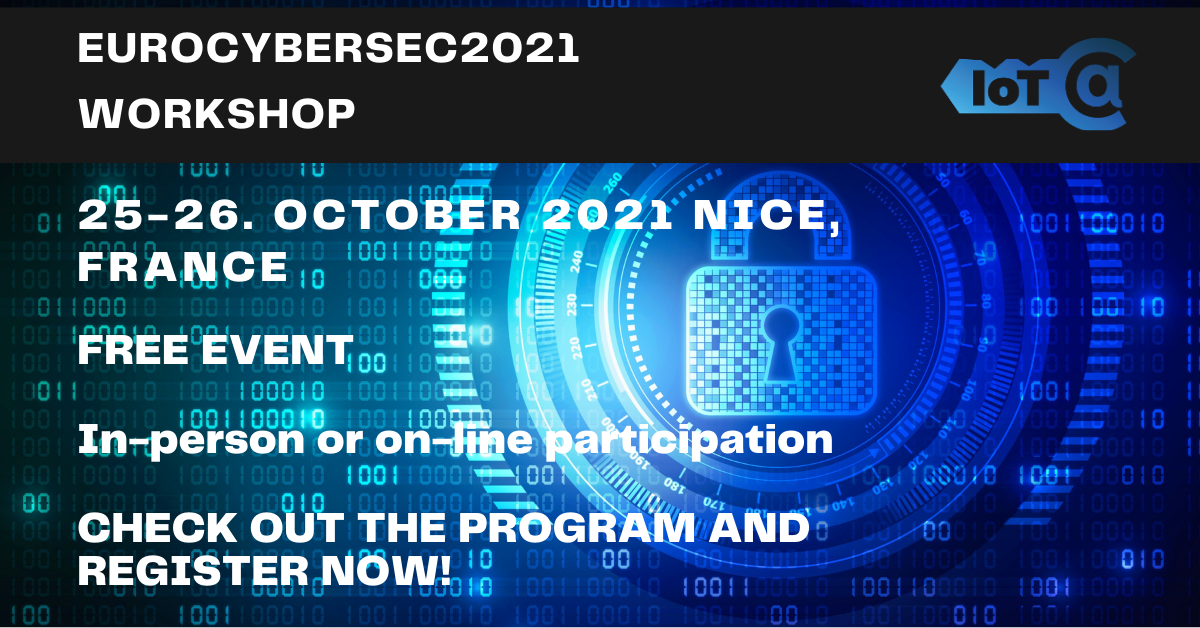
Error message
Warning: Use of undefined constant REQUEST_URI - assumed 'REQUEST_URI' (this will throw an Error in a future version of PHP) in eval() (line 2 of /var/www/html/web/modules/php/php.module(80) : eval()'d code).IoTAC
Security By Design IoT Development and Certificate Framework with Front-end Access Control
ANDRAS VILMOS
01 September 2020
31 August 2023
EC funded project
The IoTAC project aims to deliver a secure and privacy-friendly IoT architecture that will facilitate the development of more resilient IoT service environments. Our system, comprising of a secure gateway, runtime security applications and cloud-based service platforms, will provide comprehensive protection for service environments of various IoT domains. The technology will not only protect new deployments but can also enhance the security level of legacy operations.
IoTAC has a multi-layer approach to improve IoT security.
We elaborate a security framework, call it Security baseline, which covers all aspects of system development from requirement specification, through design, development and testing, to certification with associated KPIs and validation measures. The Security Baseline is defined based on best practices, on well-established industrial standards and the research results of the project.
In the IoTAC architecture we deploy a combination of state of the art technologies (in some cases we provide the state of the art through patented or patent pending solutions) and extend them with new inherently secure processes and workflows. Security countermeasures are implemented both at hardware- and at software-level, which treat privacy and data security as topmost priorities.
IoTAC will also implement Security-by-Design based methodology and supporting platform for integrating security into every step of Software Development Life Cycle as well as for the assessment of software applications running on the IoT architecture.
These will be part of a comprehensive certification program covering software development, architecture design and protection targets. The certification will be based on internationally recognized security standards, best practices and the research results of the project.
Category:
- Secure systems and technology
Vertical Category:
- ICT
Resources for EU Research
Resources for SMEs
News & Events
Reports
Cyberwatching.eu has received funding from the European Union’s Horizon 2020 research and innovation programme under grant agreement No 740129. The content of this website does not represent the opinion of the European Commission, and the European Commission is not responsible for any use that might be made of such content. Privacy Policy | Disclaimer / Terms and Conditions of Use


